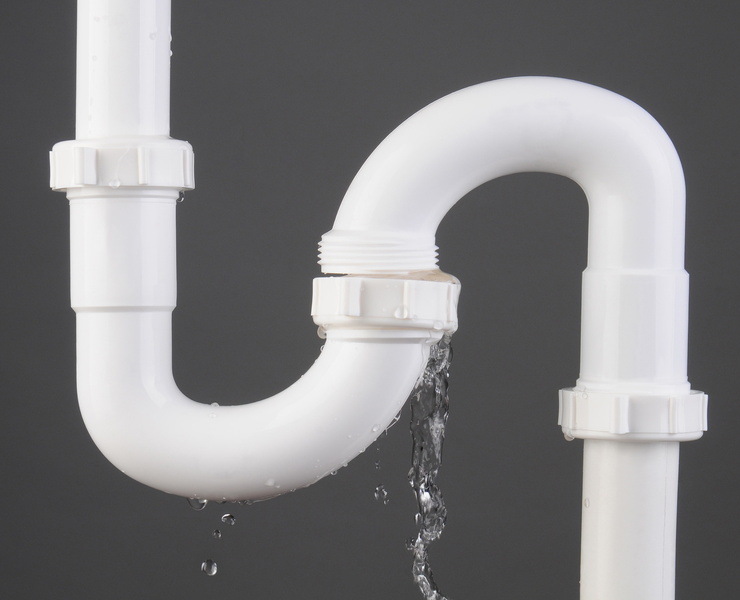Just how to Examine If Your House Has a Concealed Leak
Just how to Examine If Your House Has a Concealed Leak
Blog Article
They are making a few good observations on Locating water leaks as a whole in this post down the page.

Early detection of leaking water lines can minimize a potential disaster. Besides conserving you cash, it will reduce the irritation and also frustration. The minute you find a leakage, calling your plumber for fixings is the best option. Nonetheless, some tiny water leaks might not show up. If you can not discover it with your naked eyes, right here are some hacks that aid.
1. Check Out the Water Meter
Every home has a water meter. Examining it is a proven manner in which aids you uncover leakages. For beginners, switch off all the water resources. Ensure no one will flush, use the faucet, shower, run the washing maker or dishwashing machine. From there, most likely to the meter and watch if it will change. Considering that no person is utilizing it, there need to be no movements. That indicates a fast-moving leakage if it moves. If you detect no changes, wait a hr or two as well as check back once again. This means you may have a slow leakage that can also be below ground.
2. Examine Water Usage
Evaluate your water bills and also track your water usage. As the one paying it, you ought to notice if there are any kind of disparities. If you spot sudden changes, in spite of your usage being the same, it suggests that you have leaks in your plumbing system. Remember, your water costs must fall under the very same array each month. A sudden spike in your costs suggests a fast-moving leakage.
A consistent increase every month, also with the same practices, reveals you have a slow leakage that's also gradually intensifying. Call a plumber to thoroughly examine your residential property, especially if you really feel a warm area on your flooring with piping underneath.
3. Do a Food Coloring Test
30% comes from commodes when it comes to water consumption. Examination to see if they are running effectively. Drop specks of food shade in the container and wait 10 minutes. There's a leak between the container and also bowl if the color in some way infiltrates your dish throughout that time without flushing.
4. Asses Exterior Lines
Don't forget to check your outdoor water lines too. Needs to water permeate out of the link, you have a loosened rubber gasket. One small leak can waste tons of water and increase your water costs.
5. Evaluate and Examine the Circumstance
Home owners need to make it a behavior to check under the sink counters and also also inside closets for any type of bad odor or mold growth. These 2 warnings show a leakage so prompt interest is called for. Doing regular evaluations, even bi-annually, can conserve you from a major issue.
Check for discolorations and also damaging as many pipelines and home appliances have a life span. If you believe leaking water lines in your plumbing system, don't wait for it to rise.
Early discovery of leaking water lines can reduce a possible disaster. Some tiny water leaks may not be noticeable. Examining it is a surefire way that assists you uncover leakages. One tiny leak can squander bunches of water and spike your water expense.
If you presume leaking water lines in your plumbing system, do not wait for it to rise.
How to Know If Your Home Has a Hidden Leak
Water Meter Reveals Inexplicable Water Usage
If you’d like to test whether or not there’s a leak somewhere in your home, you can do this using your water meter. Here is how to conduct the test:
Don’t use any water in your home for at least 30 minutes; this also means not turning on faucets or water-using appliances.
Go outside, and check your water meter for activity.
If your water meter shows that there was activity, even though no one was using any water, this proves that there is a leak in your home.Visible Mold or Mildew Growth
Leaks behind walls create moist, dark environments that allow mold and mildew to grow and thrive. Eventually, you might see mold growth forming on the wall closest to a hidden leak.
If mold is growing in an area that receives a high amount of moisture, such as a bathroom, it may simply be an indication that better ventilation is needed. However, if you see mold growth on a wall or the ceiling in an area where you would not expect, you probably have a hidden leak.
Musty, Mildew Odor
Sometimes you might not be able to see the mold or mildew that is growing as a result of a leak. However, the smell can give the problem away just as easily. If you catch a whiff of something musty, there’s a good chance that old water is collecting somewhere in your home that you can’t see.
Stained/Warped Walls, Ceilings, or Floors
When your home soaks up water, a variety of red flags can become visible, including ceiling stains, bubbling drywall, warped walls, and sagging floors. While these issues can be caused by excess humidity, they can also be signs that a pipe or plumbing connection has started leaking behind your walls.
Inexplicably High Water Bill
After a while, you get a general sense for what your water bill should be. If you own a pool or sprinkler system, your bill will tend to be higher during summer. However, if you receive a water bill that seems especially high, and you can’t figure out what caused it, then you may have a hidden leak somewhere that’s increasing your bill.
https://www.plumbingjoint.com/blog/2019/july/how-to-know-if-your-home-has-a-hidden-leak/

We had been shown that write-up on Top leak detection hacks from someone on another website. Sharing is nice. One never knows, you could be doing someone a favor. I praise you for your time. Come back soon.
Report this page